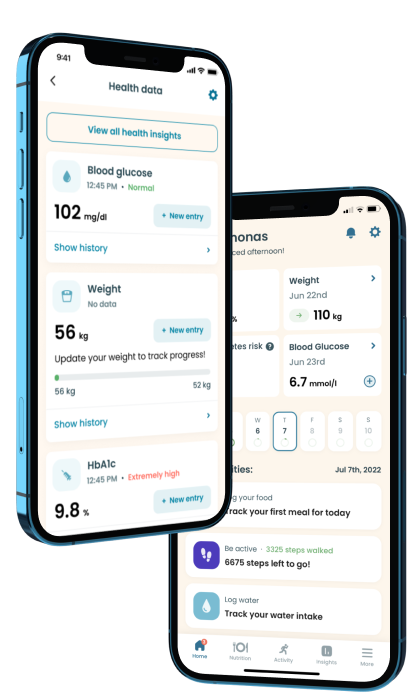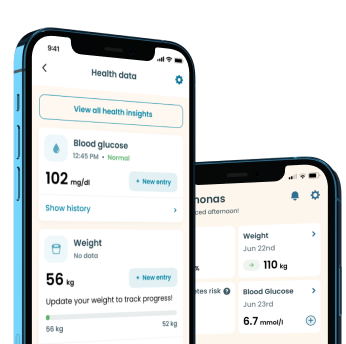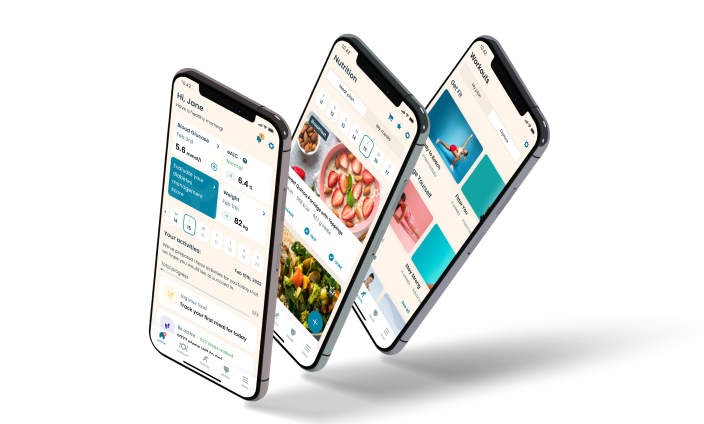Berries and Diabetes

Good
Due to the constant warnings people with diabetes receive on sugar consumption, most believe it’s best to avoid sweet-tasting fruits like berries. However, the sugar in fruits is fructose, a relatively safe type of sugar that is easily broken down by the liver. Although it is sweeter than glucose, it does not affect blood glucose levels when moderately taken.
According to a Nutrition and Metabolism paper, moderate fructose consumption of less than 50 g daily (approximately 10% of energy) presents no harmful effect on glucose and lipid control. Despite this discovery, berries have been falsely categorized as fruits to be avoided by people with diabetes. This article looks at studies that explore the relationship between the consumption of berries and diabetes risk.
Nutritional Profile of Berries
Although there are various poisonous berries (e.g., holly berries and mistletoe), the safe-to-eat ones (such as cloudberries and gooseberries) offer many nutritional benefits to people with diabetes. This is due to their rich antioxidant content, such as anthocyanin, which is known to reduce diabetes complications.
Additionally, when consumed in their natural form and not as juices, they provide a rich source of dietary fiber that aids blood glucose management. Berries are also a significant source of vitamins and minerals needed for the proper functioning of the body, among other nutrients present in them.
Take a quiz
Discover what Klinio app can do for you
Healthy diabetes meal plan crafted just for YOU

Personalized workouts with no equipment needed

Track your progress with smart tracking tools

Benefits of Berries to Diabetics
Research affirms that berries and diabetes go well together. With that in mind, let’s see how these small, pulpy fruits come about this.
Reduction of Postprandial Glucose Concentration
For people with diabetes, the moment after a meal is scrutinized due to the expected spike in blood glucose level. However, berries are beneficial in this aspect due to their ability to reduce blood sugar levels. A study on 12 healthy subjects fed 35 g of sucrose combined with a 150 g puree berry meal (made of blackcurrant, bilberries, strawberries, and cranberries) reinforces this claim. Namely, lower concentrations of capillary and venous plasma glucose and serum insulin ensued minutes after consumption.
Weight Management
Weight loss improves blood glucose control, as highlighted by an International Journal of Clinical Practice article. Notably, a severe calorie restriction can reverse the progression of type 2 diabetes mellitus.
The high dietary fiber content in berries also helps to facilitate weight loss in people with diabetes. An abstract from the National Library of Medicine validates this claim. Namely, with a fixed energy intake in place, increasing insoluble and soluble fiber intake boosts post-meal satiety and causes a decline in subsequent hunger.
In the body, excess calories are stored as fat, affecting insulin sensitivity and blood sugar management. However, high dietary fiber content (like those contained in berries) saves the day once again by influencing how much food your body metabolizes. In a study conducted on 17 people, increased dietary fiber intake caused a reduction in protein and fat digestibility and a subsequent decline in metabolizable energy. This reduces excessive weight gain, as most of the protein and fat are excreted.
Antioxidant Properties
Berries are packed with antioxidants, essential for optimal diabetic health. Research proves that they contain many phenolic compounds and ascorbic acid — both potent antioxidants. These antioxidants prevent inflammation-mediated ailments (like diabetes) and cardiovascular diseases (a common diabetes complication).
How Should Diabetics Eat Berries?
Berries are a delicious treat that packs an impressive number of health benefits. Notably, berries and diabetes go hand in hand as they do not pose significant risks to blood sugar levels, especially when eaten in moderation. We made a list of exciting ways by which you can incorporate these small, pulpy fruits into your diet:
- Eat berries as snacks or dessert;
- Combine them with whipped cream;
- Top berries with cottage cheese, Greek yogurt, or ricotta cheese for breakfast;
- Include berries in salads.
Conclusion
Berries are packed with various nutrients that make them essential in the diabetic diet. With each having their unique taste, you can easily add them to your diet via multiple means. Nonetheless, consult your doctor or dietician on how much is safe for you to eat.

Download Klinio app!
Get more by downloading our free Klinio App. Analyze your health, form new habits and manage your diabetes anytime, anywhere.
OR
SCAN QR CODE



GET THE APP











